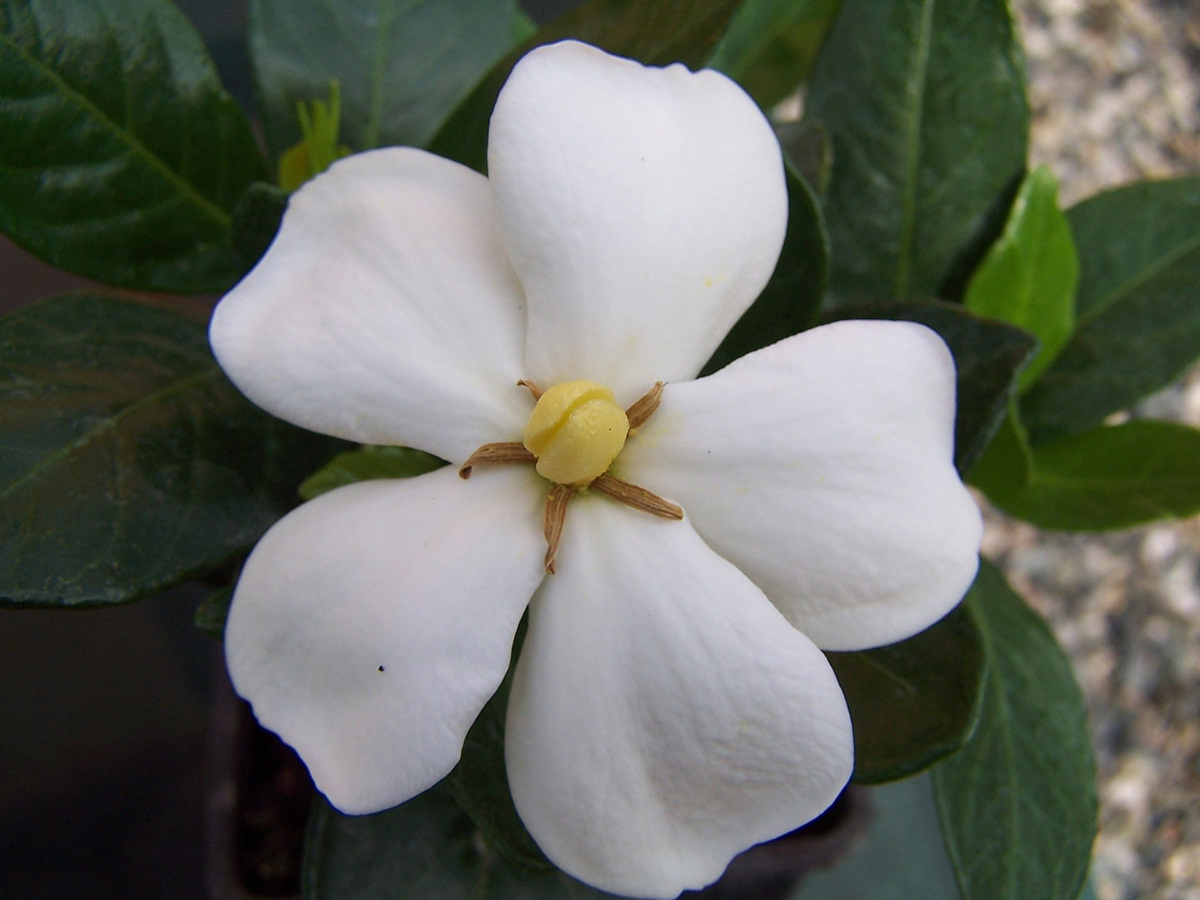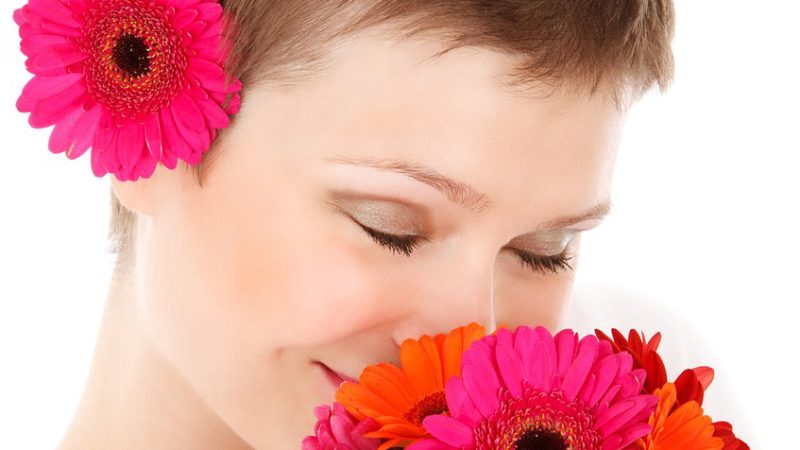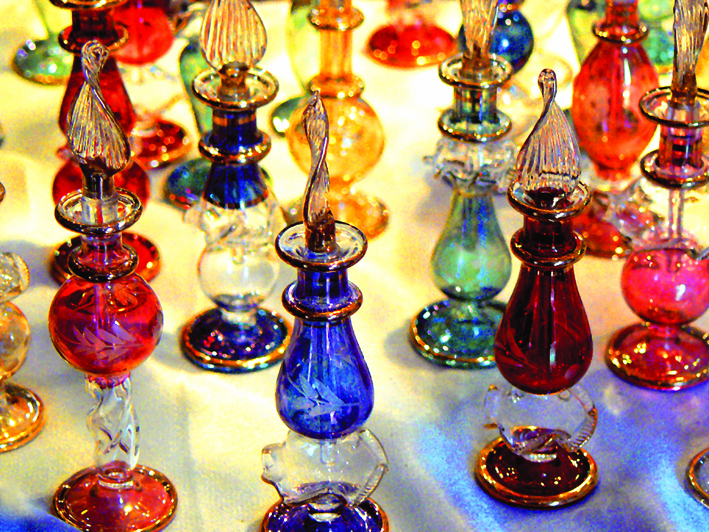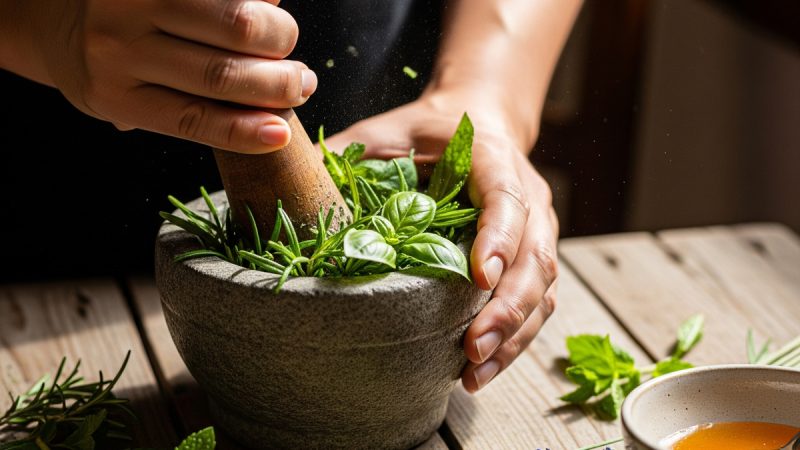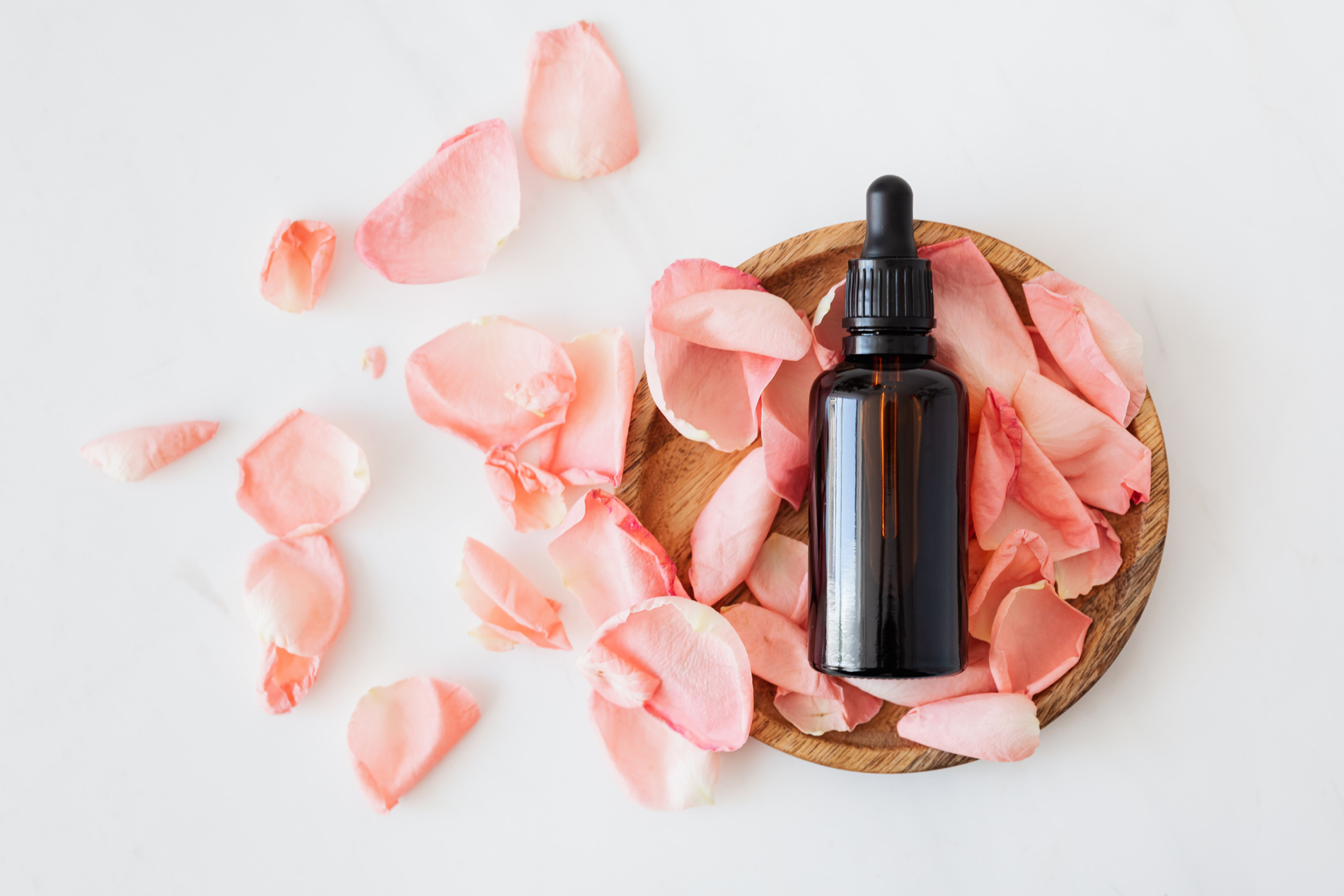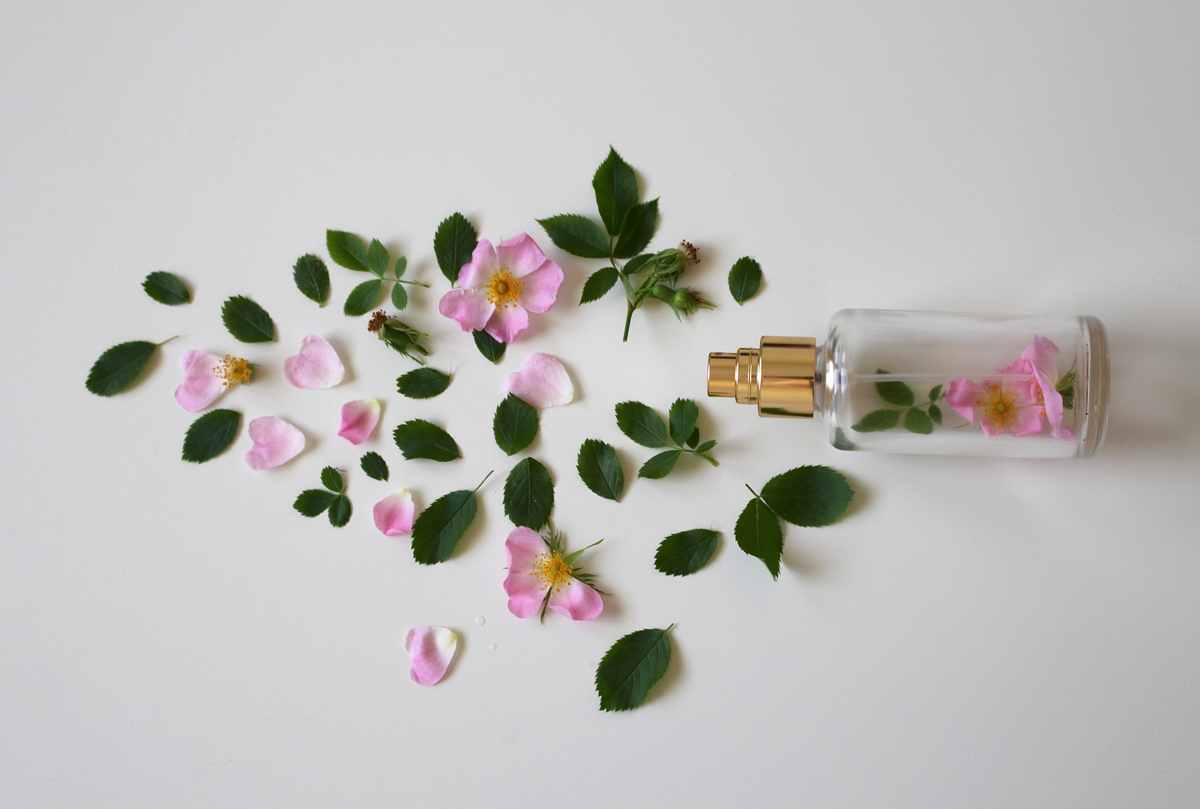Aromatherapy – Make Your Own in Minutes for Pennies
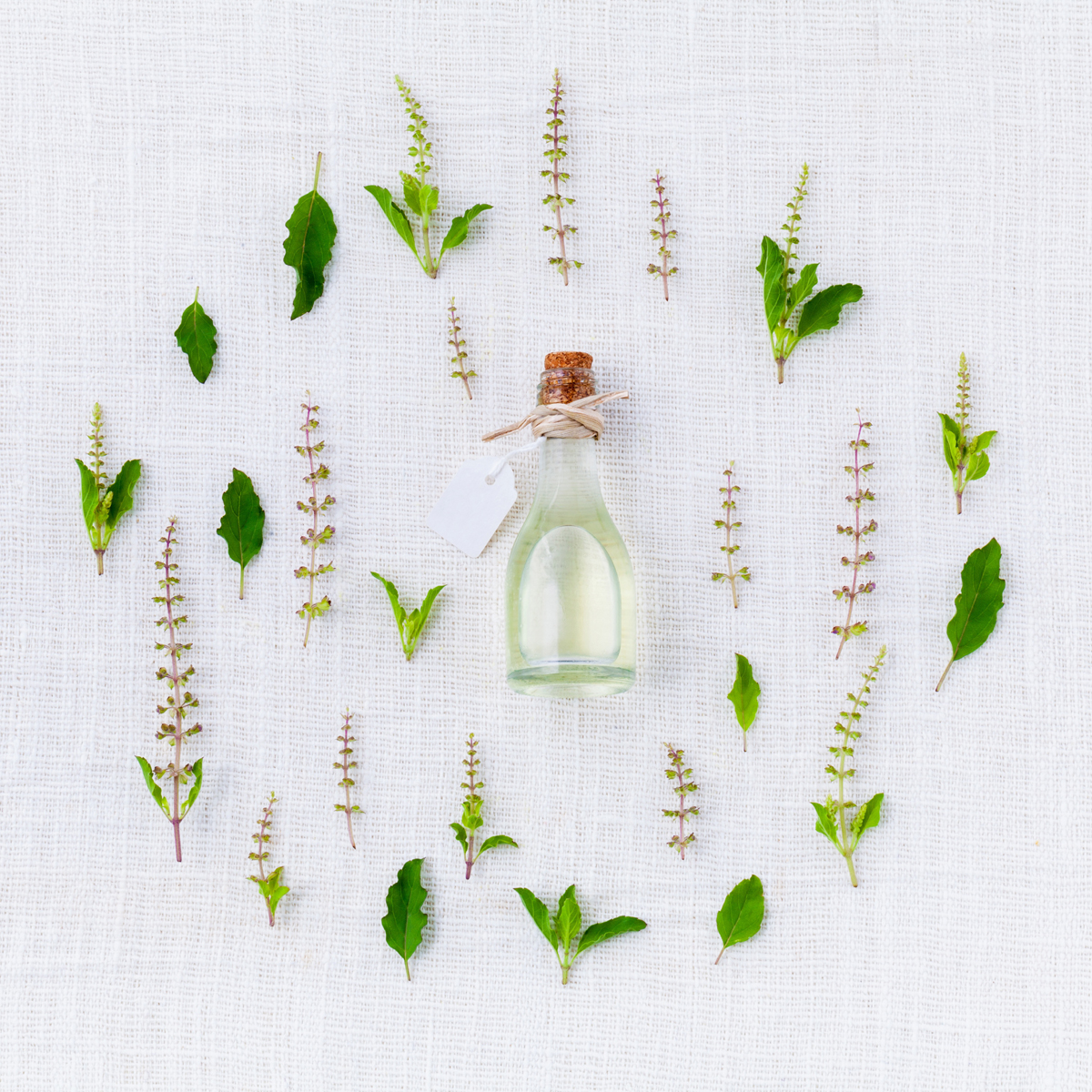
Perhaps the best thing about aromatherapy is that it is so easy and pleasurable to engage in; both for the creator of the concoction and most assuredly for the client. Few people will complain about receiving a prescription to bathe with scented oils or apply a fragrant body oil; two of the most popular aromatherapy techniques.
If you are considering starting an aromatherapy business for yourself–before you get started in this astonishing world of scent, it is important that you find out what practicing aromatherapists are doing so you can find that perfect niche for yourself.
Today many herbalists, body workers, cosmetologists, chiropractors and other holistic healers are discovering how multifaceted and versatile the healing art of aromatherapy is. To this end they are able to enrich their practices by introducing these pure essential oils for a compendium of maladies like: the altering of moods, stirring memories, arousing sexual desire and generally improving the quality of life. Many others concentrate on enhancing their client’s beauty and longevity by offering them a wide variety of healing beauty products.
The majority of our nation today is influenced by the economy–finding most people today going both ‘green’ and back-to-basics. However, as natural as they wish they could be, the majority live in a stressful world and are constantly on the lookout for natural alternatives for health challenges like depression, anxiety, fear, grief, loneliness, mental fatigue, mind fog, insomnia, PMS symptoms and so many more. The peace and tranquility that should manifest themselves as normal attributes are often weighed down by environmental factors such as stress in the workplace or–even worse–unemployment. Many others suffer from social isolation, poverty, chemicals and toxins or even poor diet and countless more conditions.
Aromatherapy is BIG business today and at the end of this article you can be assured that we keep our promise that you will never have to pay mega-bucks again! This article is more than an overview of this ancient 3000+ year old art. As you stroll down Lavender Lane’s aromatic healing path with us you will discover how–for more than a quarter-of-a-century we have been teaching and sharing how you can create a compendium of natural and therapeutic aromatherapy concoctions in mere ‘minutes for pennies’. Plus, should you desire to retail your products at craft fairs or onto store shelves or in spas or even mail order like us; we will happily show you how. We will also share with you one of the most important phases of your marketing–how to package your concoctions–making you appear as professional as is your creation.
First, here is a ‘crash course’ on aromatherapy that the ‘newbie’ should at least have some concept of. Each essential oil contains numberless chemical components. To best illustrate a comparison, take an apple for instance. FACT: One, whole, clean, fresh apple contains over 10,000 nutrients in combinations of antioxidants, phytochemicals (plant vitamins) enzymes and more. Yet science so far has only recognized a fraction of them, and until more are discovered; they haven’t got a clue what the rest of them are or what they do–and apples have been around since the beginning. Aromatherapy (the art of implementing an essential oil to this end or that) has been around since people have. Nevertheless, each type of essential oil is composed of many different aromatic molecules of which more than 30,000 have been identified and named, and it is common for a single essential oil to contain one hundred different aromatic molecules. One can only fathom their countless true complexities and their inconceivable properties or restorative benefits.
Exactly how aromatherapy works is still unclear. What we do know is that merely smelling a fragrance can influence us physically and emotionally by altering hormone production, brain chemistry, stress levels and general metabolism..
An ‘essential oil’—or the ‘soul’ of the plant if you will, is 50 times more concentrated than that of the herb or flower it was carefully extracted from. Essential oils give plants their characteristic odors, enabling us to take deep drafts of a fragrant rose bloom or drink in the perfume of lilacs and lavender. It is because essential oils are by their very nature aromatic, that the therapy involving their use has been christened “Aromatherapy.” And whether a person is looking to enhance their beauty, relieve pain, increase energy, reduce stress, grow hair, promote sleep, heal wounds, evoke special emotions, or even kill fleas–there is an essential oil for all these and countless other conditions.
BEAUTY SECRETS? Billions of dollars a year are spent every year by consumers who are trying to slow down the aging process–or at least cling to as youthful an appearance as they can for as long as they can. The face is usually the most exposed part of the body–bombarded by heat, cold, drying, sweating, wrinkling, dirt, smoke and a world of other invisible toxins. Today especially, stress is on the increase, having a huge impact on most people’s lives. And as such, takes a great toll on the body which is very much mirrored in the face. If the consumer is looking to enhance their beauty they must take special care of it and there is a compendium of products that can be incorporated into their regime–each of which contains the right essential oil(s) to meet their purpose.
These products are found in the forms of cleansers, steams, exfoliants, masques, toners, floral waters, moisturizers, bath oils, massage oils, and more. When these pure essential oils are added into these mediums (carrier oils, waxes, sea salt, lotions, floral waters, butters, soaps, etc.) the essential oils penetrate to the dermal layer of the skin where new cells are developing. And depending upon which essential oil is used in which application, their varied attributes will either stimulate and regenerate skin cells, reduce bacterial and fungal infections such as acne and other related skin problems, soothe delicate, sensitive, inflamed skin, promote the release and removal of metabolic waste products, and produce healthy skin cells quickly following sun damage, burns, wrinkles or healing of wounds. Additionally, these essential oils contain plant “hormones” that help balance and alleviate hormonally related skin problems. When incorporated into a bath or massage, or through inhalation, these essential oils may be of aid in the relief of muscle pain, menstruation, lung congestion, insomnia, fever, headaches, infections, indigestion, constipation, etc.
Scent and the psyche too is nothing new. The manipulating of fragrance to affect the emotions dates back to the ancients and today is no different. According to a 1992 issue of the British Journal of Occupational Therapy, it describes the potential of aromatherapy to “promote health and well-being”. In hospital environments, patients receive aid through massage, inhalation, baths, compresses, creams and lotions. According to the journal’s extensive list of potential uses, aromatherapy can diminish stress, sedate, relieve depression, invigorate, promote activity and alertness, stimulate sensory awareness, facilitate interaction and communication, treat certain medical problems and provide pain relief.
Scent is an integral part of society. From the time we get up we are accustomed to bathing or showering with a scented body soap or gel, a fragranced shampoo and/or conditioner, followed by a scented deodorant and then perhaps by a scented after-shave, perfume or cologne. Our cleaning supplies are laden with scent to make our clothes, our dishes and our houses smell fresh and clean. We buy scented candles, incense, oil lamps and potpourris that we may be surrounded by aromas. Yet—these are probably ALL synthetic in nature.
“Pure” essential oils are extracted right from the plant, wherein any allergies usually associated with fragrance are almost non-existent. It is the “synthetic” fragrances that create many problems. With the rise of synthetic chemicals, and the increased strength of these fragrances, the U.S. Food and Drug Administration estimates that 4,000 different chemicals are currently used in fragrances–most of which are in perfumes and colognes and is on the increase. The problem is that through the inhalation of “synthetics”—many suffer a wide range of physical difficulties from sinus pain to anaphylactic shock and seizures. This fact alone should be reason enough to educate people toward the incorporation of “pure essential oils” over synthetics–especially if they could make their own sweet scented body and skin care products as well as their own therapeutic concoctions.
NOTE: Please be assured that there is MUCH ADULTERATION out there due to a general lack of education coupled with greed as to essential oils versus the synthetic fragrance oils–and that is why it is doubly important that YOU, John & Jane-Q-Public become educated of these important differences.
So that the beginner will not be overwhelmed or confused as to how aromatherapy works–here is an easy to visualize, easy to understand example of how these pure healing oils get into the blood-stream–do their thing–and get out.
We all know how good garlic is for the body–curing a compendium of ills. Take a clove of garlic, cut it in half and rub the soles of your feet a couple of times. Put your socks and shoes on and go about your business. In about 3 hours you can taste it. That’s it.
When you bathe, your body’s pores open to receive these healing oils, as does your body react accordingly through massage or through inhalation. Studies with brain wave frequency has shown that smelling Lavender increases the alpha waves in the back of the head, which are associated with relaxation. The fragrance of Jasmine increases beta waves in the front of the head, which is associated with a more alert state.
There has been a good deal of information passed on to you so far and before you view the essential oil list, the intention of this article is to share with its readers that they or their families or friends may seek aromatherapy to allay their respective problems, and that they absolutely can–and never need pay mega-bucks again for these therapeutic and exotic preparations.
The following is the most commonly used essential oils and some of their numerous uses.
Note: These oils are recommended for external use only.
Lavender
For stress, muscle pain, headaches, prevents scarring, stretch marks and has a reputation for slowing wrinkles, etc.
Orange
For high blood pressure, treating flu, colds, congestion and for killing fleas…
Rose Geranium
For reducing inflammation, infection, eczema, acne, burn injuries, scarring, stretch marks, regulation blood pressure, etc.
Peppermint
For headaches, muscle spasms, inflammation, indigestion, nausea, congestion, etc.
Rosemary
For memory, poor circulation, low blood pressure, sore muscles, rheumatism, cellulite, etc. (And-balding. However, you have to have a little life left up there.)
Eucalyptus
For sinus & throat infection, fever, flu, herpes, acne, boils, insect bites, lice, herpes, vapor rubs, aftershaves, colognes, etc.
Lemon Oil
For viral & bacterial infections, hypertension, water retention, weight gain, bruises, increasing general well-being, etc.
Tea Tree Oil
For insect bites, cuts, sunburn, shingles, candida, diaper rash, earaches, acne, paper cuts, head lice, abrasions, scalds, herpes lesions, ringworm, athlete’s foot, boils, eczema, and much, much more.
SAFETY: Overexposure to essential oils, either through the skin or by nose, can result in nausea, headache, skin irritation, emotional unease, or an overall “spaced out” feeling. Getting some fresh air will help you to overcome these symptoms.
Just to show you how easy recipes can be–here are some examples:
For thousands of years the ancients established elaborate rituals that combine hot and cold baths, ointments and aromatic massages.
Therapeutic Bath Salts
1 cup Dead Sea Salt (course or fine grind).
Add 25-35 drops of essential oil or oils depending upon what therapeutic oils you have chosen for what malady. If you have chosen a blend you need to consider that each oil has a high-note, middle-note or base note which is the evaporation time; so the end scent may change from what you smell during preparation.
1 tablespoon ‘Turkey Red’ oil which is water-soluble. Almost all oils float, but not this one. Instead it will marry with the bath water and soothe and moisturize your body.
If you choose to color your salts use a few drops of food-safe food coloring until the desired color is attained.
If you choose to make a fine grind all you need to do is put the salts in your blender and blend. It won’t hurt your blender a bit and I prefer to grind before I add the other ingredients.
Mix everything well and package. Be sure to use a pretty, wide-mouthed container and then package accordingly. Remember–presentation is as important as is the creation itself.
Depending how much water is in the tub–add 1/2 to 1 cup per bath. Once mixed in the bath, the salt will melt, the color will dissipate, the ‘Turkey Red’ oil will soothe and moisturize, and the essential oils will penetrate your body within minutes. Additionally, by the very inhalation of the chosen oil(s) and the fragrance, it will either relax your or invigorate you. This application is wonderful because your skin is the largest organ of your body.
Salt Scrub
For those who prefer showers, these are great exfoliants. (Do not use on the face).
To 1 cup of fine Dead Sea salt add 25-35 drops of essential(s) and enough carrier oil (Safflower, Grapeseed, Olive, Turkey Red, etc.) to totally moisten the salt. You don’t want it too dry and you don’t want it too runny. Rub on to loosen all those dead cells and invigorate the new ones, then wash off.
Sugar Scrub
Using the above recipe, instead of salt use raw sugar. We use turbinado.
Healing Massage and Bath Oil
To 16 ounces of carrier oil (Turkey Red, Sweet Almond, Grapeseed, etc.) add approximately 160 to 200 drops (total) of essential oil or oils. This equates to 16-20 drops per ounce. Shake well and let the oils marry overnight. For a bath oil use approximately 1/4 cup of oil. The carrier oils may be mixed and matched.
NEVER PAY MEGA-BUCKS AGAIN!
As we hope you have discovered, most of these natural, healing and therapeutic creations are very simple to make for you and your family and friends–and they make awesome gifts too.
The Author:
25 years ago Donna Madora Mitchell was in and out of a wheel-chair for nearly 10 years with Fibromyalgia. In chronic pain and extremely financially embarrassed, Donna needed some kind of income. Incredibly, with an $8 investment in a pound of cinnamon sticks, Donna started Lavender Lane. Physically, Donna could do little except use her creative imagination and ability to write. With helpers–3 years later Donna broke a million dollars in sales. Her story is unbelievable–but she isn’t.

